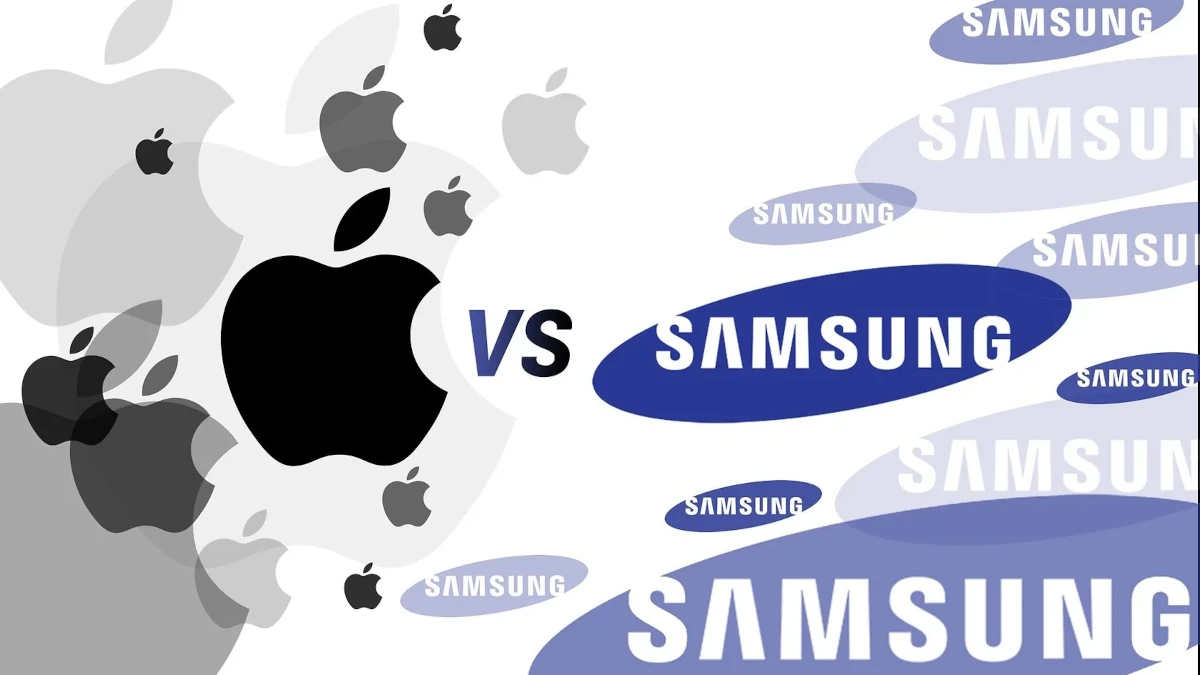Why Consumers Choose Apple Over Samsung: Insights from Simon Sinek
When it comes to the ongoing battle between Apple and Samsung, many consumers find themselves choosing Apple, even though Samsung often offers cheaper and feature-rich alternatives. This preference can be puzzling at first glance, but Simon Sinek’s concepts from “Start with Why” and “Find Your Why” shed light on this phenomenon. Sinek’s insights into how successful companies connect with their audiences on a deeper level provide a compelling explanation for Apple’s enduring appeal.
The Power of “Why”
Simon Sinek’s famous “Golden Circle” framework from “Start with Why” emphasizes the importance of understanding and communicating the core purpose or belief that drives an organization. According to Sinek, every company knows “What” they do, some know “How” they do it, but very few know “Why” they do it. Apple is a prime example of a company that operates from the inside out, starting with its “Why.”
Apple’s “Why” is to challenge the status quo and think differently. This belief is deeply embedded in their products, marketing, and overall brand identity. From the sleek design of their devices to the seamless user experience, every aspect of Apple’s business is a reflection of their core belief. This resonates with consumers on an emotional level, creating a loyal following that goes beyond just the functionality of the products.
Emotional Connection
In “Find Your Why,” Sinek explains that people are drawn to organizations that share their values and beliefs. Apple’s marketing campaigns often emphasize creativity, innovation, and the empowerment of individuals to achieve their full potential. This message appeals to a wide audience who see themselves as part of a larger movement.
For example, the iconic “Think Different” campaign featured revolutionary thinkers and doers like Albert Einstein, Martin Luther King Jr., and Mahatma Gandhi. By associating their brand with these visionary figures, Apple positioned itself as a company that supports and inspires creative minds. This emotional connection is powerful and difficult to replicate, giving Apple a unique edge over competitors like Samsung.
Consistency and Trust
Another crucial aspect of Apple’s success is its consistency. From the moment you unbox an Apple product to the ongoing support and software updates, Apple ensures a consistent and reliable experience. This consistency builds trust, which is a key component of long-term customer loyalty.
Samsung, while offering impressive hardware and innovative features, often struggles with this level of consistency. Variations in user experience across different devices, software updates, and customer service can undermine the trust consumers place in the brand. Apple’s steadfast commitment to delivering a seamless and cohesive experience reinforces their customers’ trust and loyalty.
Community and Ecosystem
Apple has also excelled in creating a robust ecosystem that integrates hardware, software, and services. The seamless integration between iPhones, iPads, Macs, and Apple Watches enhances the user experience and encourages consumers to stay within the Apple ecosystem. Services like iCloud, Apple Music, and Apple Pay further entrench users in the Apple world, making it inconvenient to switch to another brand.
Samsung, despite offering a wide range of products, has not achieved the same level of ecosystem integration. The experience of using a Samsung phone with a Samsung laptop or tablet is often not as seamless as using Apple products together. This interconnectedness of Apple’s products and services creates a strong sense of community and belonging among its users, fostering brand loyalty.
Case Study: iPod vs. Dell Music Player
To further illustrate Apple’s unique marketing approach, consider the case of the iPod versus Dell’s music player. Both were MP3 players aiming to capture the emerging digital music market, but their approaches and outcomes were vastly different.
Why Apple Did It
Apple entered the music player market not just to sell gadgets but to revolutionize how people experienced music. Their “Why” was clear: to challenge the status quo of the music industry and provide users with a new, innovative way to carry their entire music library in their pocket. This was about creating a seamless and enjoyable music experience for consumers, not just about the device itself.
How Apple Did It
Apple executed this vision through a combination of sleek design, user-friendly interface, and integration with iTunes, which simplified the process of purchasing and managing music. The iPod wasn’t just a music player; it was part of a larger ecosystem that made the experience of finding, buying, and listening to music incredibly intuitive and enjoyable.
What Apple Did
What Apple delivered was the iPod, a device that quickly became synonymous with digital music. It wasn’t just a product; it was a statement of lifestyle and identity. The marketing around the iPod, including the iconic silhouette commercials, focused on the joy and freedom of music rather than the technical specifications of the device. This emotional appeal resonated deeply with consumers.
In contrast, Dell’s music player, while technically competent, failed to connect with consumers on an emotional level. Dell focused on the “What” — the features and specifications of the device — without a compelling “Why” to drive their marketing and brand narrative. This lack of a deeper purpose and emotional connection resulted in the Dell music player quickly fading into obscurity, while the iPod became a cultural phenomenon.
Conclusion
Simon Sinek’s principles from “Start with Why” and “Find Your Why” help us understand why consumers often choose Apple over Samsung, despite the latter’s competitive pricing and features. Apple’s success lies in its clear and compelling “Why,” its ability to forge emotional connections, its consistency in delivering a reliable experience, and its cohesive ecosystem. The iPod versus Dell music player case further illustrates how Apple’s strategy of starting with “Why” leads to profound success and consumer loyalty.
In the end, it’s not just about the products; it’s about what those products represent and how they make people feel. Apple’s ability to connect with consumers on a deeper level, by consistently embodying its core values and purpose, sets it apart from competitors and keeps it at the forefront of consumer preference.
